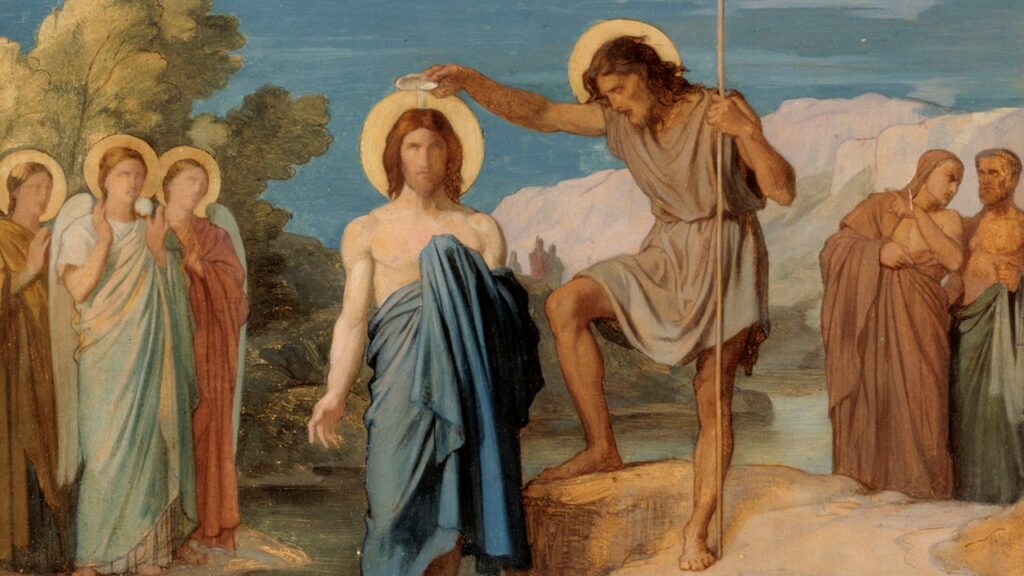The event of Jesus Christ’s baptism is significant in Christian tradition and is often marked with reverence and reflection. It represents not only an important moment in the life of Jesus but also a profound declaration of his divine purpose and identity. This moment is captured in the Gospel of Matthew, where the voice of God proclaims, “This is my beloved Son, in whom I am well pleased” (Matthew 3:17). Celebrated in the Catholic faith on January 12, this event underscores the baptism’s pivotal role in the Christian faith.
According to Christian author David Rives from Tennessee, Jesus’ baptism serves as a defining moment that reveals his divine mission, identity, and his unique relationship with God the Father. The moment is accompanied by significant symbolism—when the Spirit of God descends like a dove, affirming Jesus’ role as the Messiah. Rives notes that this powerful statement resonates since it announces Jesus as the awaited Savior, thus validating his identity as the Son of God sent to redeem humanity.
One of the foundational truths about Jesus’ baptism, as highlighted by Rives, is his identity as the Messiah. This declaration does not merely serve as a personal affirmation but rather resonates deeply with scriptural prophecies throughout the ages. The recognition of Jesus as the Anointed One confirms that he is the fulfillment of the expectations and hopes existing within Old Testament teachings.
Another significant aspect is the profound humility displayed by Jesus. Despite being sinless, Jesus chose to undergo baptism—an action traditionally associated with the washing away of sins. Rives emphasizes that this act was not necessary for Jesus, who had no sins to wash away, but rather he chose baptism “to fulfill all righteousness.” This moment showcases the nature of Jesus’ mission: to serve, redeem, and empathize with humanity. The act serves to remind believers that Jesus came to be a servant rather than seeking position or power.
The baptism marks the commencement of Jesus’ public ministry, which is another key truth to understand. Before this transformative event, Jesus lived a relatively quiet life in Nazareth, likely engaging in carpentry and family life. The moment he is baptized is a catalyst for change; it is the point at which he publicly begins to reveal himself as the Savior. Rives notes that this marked the start of his teachings, healings, and ultimately, his sacrificial journey to the cross. Jesus’ decision to undergo baptism is not a mere ritual; it signifies the beginning of a profound journey of redemption culminating in his death and resurrection.
Finally, Rives underscores the theological richness present in Christ’s baptism, revealing the fullness of the Godhead embodied in this singular moment. The scene encapsulates a divine interaction—Jesus as the Son being baptized, the Holy Spirit empowering him in the form of a dove, and the voice of the Father affirming his identity from the heavens. This portrayal is not only theologically significant but also illustrates the collaborative essence of God’s redemptive plan. The Father affirms the Son’s mission while the Holy Spirit equips him for the great task ahead, ultimately demonstrating a beautiful synergy within the Trinity.
For Christians, the story of Jesus’ baptism serves as a poignant reminder of their call to share the Gospel with the world. Rives poignantly states that the event is a reflection of God’s incredible love, his redemptive plan, and an invitation for believers to profess their faith boldly, a concept symbolized in the act of baptism itself. Therefore, Jesus’ baptism becomes not just a singular event in history, but a central theme that encapsulates the heart of Christian faith—inviting believers to partake in the unfolding story of grace, redemption, and divine love.











